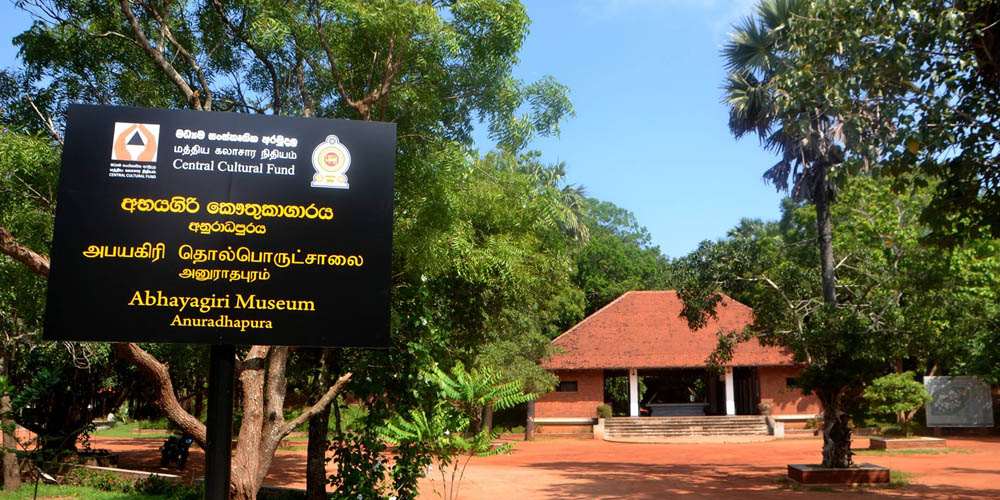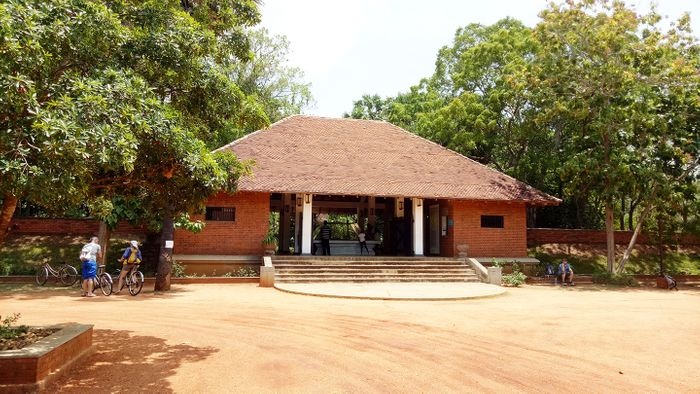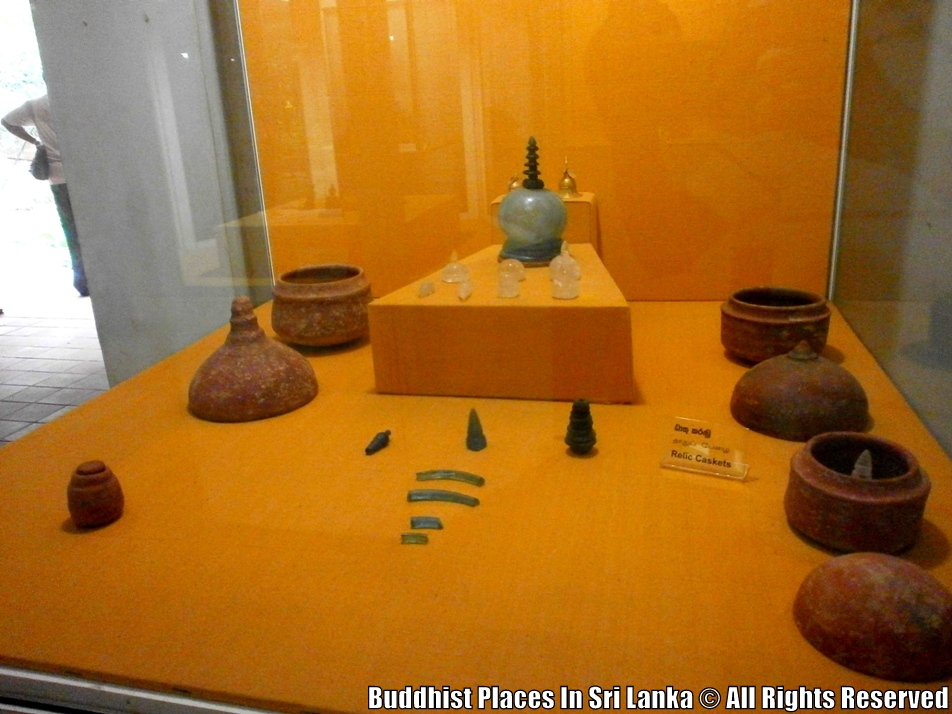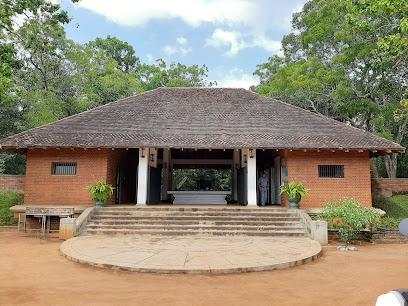Abhayagiriya Museum

The Abhayagiriya Museum, established within the ancient monastery complex of Abhayagiriya in Anuradhapura, was opened to the public on June 13, 1992. Designed in the traditional Panchavasa monastery plan, the museum was developed by the Central Cultural Fund with financial support from China.
Originally known as the “Mahatissa-Faxian Cultural Complex,” the museum commemorates Venerable Kupikkala Mahatissa, the first chief administrator of Abhayagiri Maha Vihara, and Venerable Fa-Xian, the renowned Chinese Buddhist monk who studied at Abhayagiri from 411 to 412 AD.
Purpose and Significance
The museum’s primary purpose is to demonstrate through artifacts that Sri Lanka was a prosperous nation which flourished through international relations, and where arts and technology harmonized remarkably. The artifacts on display provide extensive insights into ancient metallurgy, writing systems, religious customs, sculpture and art, architecture, art techniques, hygiene practices, environmental conservation methods, hydrological technology, monastic administration, and time management systems that existed at Abhayagiri Vihara from the 1st century BC to the 11th century AD.
Collections
The museum houses an impressive collection of archaeological treasures discovered from the Abhayagiriya monastery site and its vicinity, including:
Metalwork: Copper objects, ancient tools, utensils, and ornamental items
Precious Artifacts: Gold and silver jewelry, ceremonial objects, and ornaments
Religious Sculptures: Buddha statues and images of deities
Ceramics: Chinese porcelain demonstrating ancient trade connections
Decorative Arts: Beads, minerals, limestone carvings, and architectural elements
Sacred Objects: The eight auspicious symbols of Buddhism
Historical Items: Ancient coins, inscriptions, and pottery
Gallery Layout
The museum features an inner gallery housing delicate and valuable artifacts in a controlled environment, and an outer gallery providing spacious, accessible exhibition spaces for visitor engagement.
Educational Programs
The museum actively supports educational initiatives, providing resources for advanced-level students’ assignments and offering training and research facilities for university students and scholars conducting dissertations on ancient Sri Lankan civilization.





*Photo credits go to the respective owners
